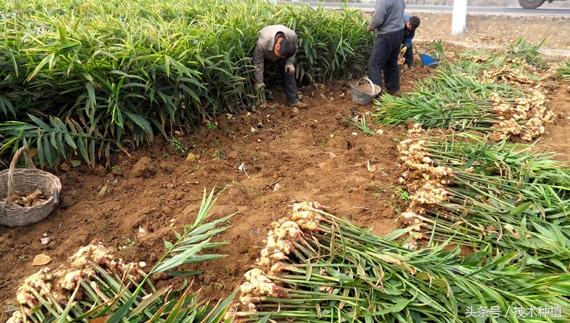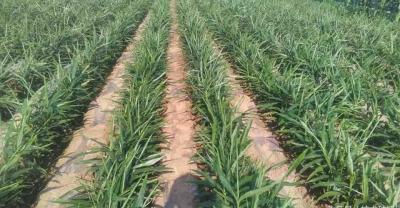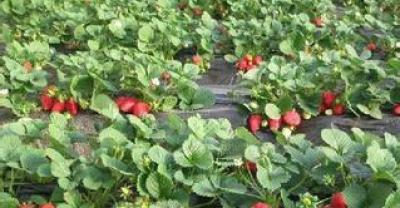Farmers grow ginger: pay attention to these items
Strict selection of land to avoid continuous cropping: select sandy loam, loam and clay loam with fertile soil, deep soil layer, good air permeability, rich organic matter, strong water and fertility conservation, which requires slightly higher topography, convenient drainage and irrigation, and is not easy to accumulate water.

Ginger is not suitable for continuous cropping, but should be rotated for 3-4 years with rice, cruciferous and legume crops.
Select ginger species to promote early hair: choose ginger with fat and plump pieces, bright skin color, fresh meat, hard texture, 2 strong buds with 1 Mel, weight 50 Mel 75 grams, disease-free old ginger.

Soak the ginger with 50% carbendazim 500 times solution before sowing. After disinfecting the ginger, the ginger can be stacked when the surface of the ginger block shines for 3 days, covered with straw to keep it moist, and the temperature should be controlled at 20-25 ℃. When the ginger bud grows to 1 cm, it can be sown.
Ginger stem vine management:
1. Erection: when the stem of Dioscorea zingiberensis is as long as 30cm after emergence, it should be set up as soon as possible, and the bamboo and wooden sticks which are about 1.5-1.8m long and thick as fingers are inserted into the outer edge of the trench and hole, one at a time, tied into a bundle at the upper end of every four, to form a "x" type, to facilitate weeding and topdressing, and to lead the stem vine to the shelf at a height of 1.2m-1.4m from the ground, so that it can grow along the shelf, and pay attention to control the stem vine growth height.

2, topping: when the main stem vine grows to a certain height (1.4m-1.5m) to reach the top of the frame or the lateral branch reaches 20-30cm, the main stem and lateral branches should be topped in time to control vegetative growth; when budding and flowering, the flower buds should be removed in time, generally every 10 days, in order to reduce nutrient consumption and promote nutrient transfer and accumulation to underground rhizomes.
Do a good job in the control of diseases and insect pests: the main diseases are rot and spot disease. The rot disease usually begins in July, and the peak period is from August to September. It is found that the diseased plants are pulled out in time, the diseased soil is dug up, lime is applied in the disease hole, and the soil is buried with clean aseptic soil.
50% chlorothalonil 800 times solution was sprayed at the initial stage of the onset of spot disease, once every 7 to 10 days. The main pests are ginger borer and ginger maggot, which are controlled by foliar spraying with trichlorfon or phoxim.
- Prev

Teach you how to grow ginger with high yield and high quality
Ginger is the fresh rhizome of ginger, a perennial herb of Zingiberaceae. The rhizome, cork and leaves of ginger can be used as medicine, and ginger is dispersed and stopped in traditional Chinese medicine.
- Next

The vegetables grown in this way can be called truly pollution-free.
Shouguang, the hometown of growing vegetables in Shandong, occasionally had the privilege of going to Shouguang to see with his own eyes the high technology of growing vegetables, which used to be on TV or.
Related
- Fuxing push coffee new agricultural production and marketing class: lack of small-scale processing plants
- Jujube rice field leisure farm deep ploughing Yilan for five years to create a space for organic food and play
- Nongyu Farm-A trial of organic papaya for brave women with advanced technology
- Four points for attention in the prevention and control of diseases and insect pests of edible fungi
- How to add nutrient solution to Edible Fungi
- Is there any good way to control edible fungus mites?
- Open Inoculation Technology of Edible Fungi
- Is there any clever way to use fertilizer for edible fungus in winter?
- What agents are used to kill the pathogens of edible fungi in the mushroom shed?
- Rapid drying of Edible Fungi

